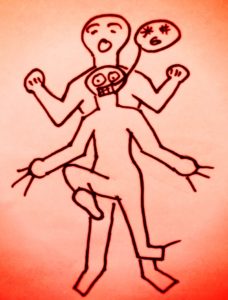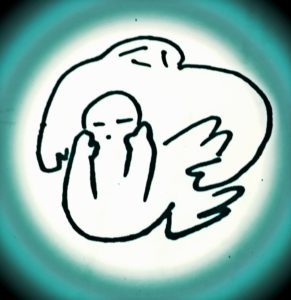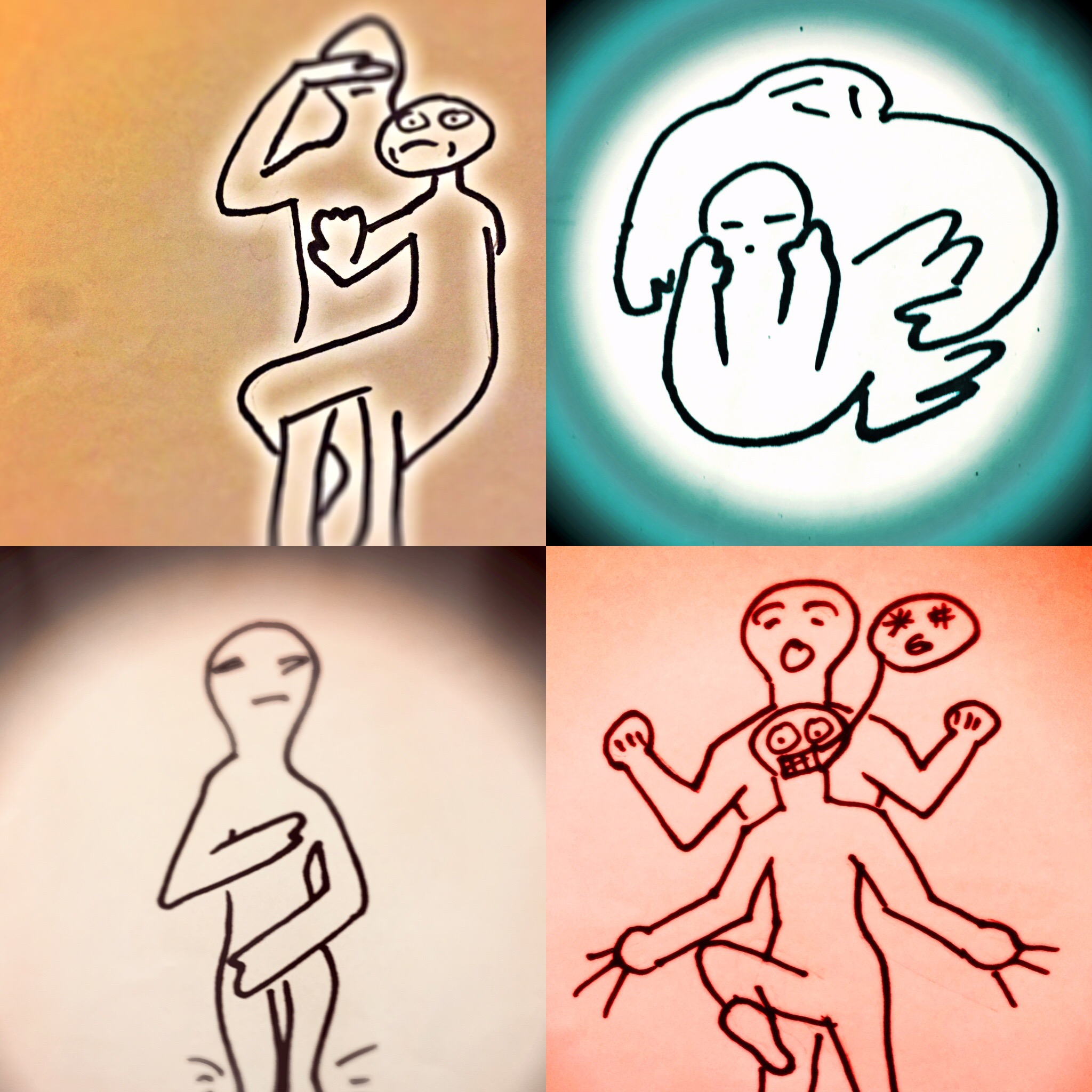
When I started writing this series, I explored “safety.” What it means, particularly to those of us who were not nourished by it often enough as our young spirits grew. Many of the essentials I’ve since explored with you, grounding, resourcing, meditation, all help reduce the constant undercurrent of distress in our lives. However, none speaks as specifically, even boundaries, to safety as does finding, and feeding, our inner protector.
You see, when we’re born, we just…are. There’s no good part, or bad, no funny part, or grumpy, no side of us we show at work (cuz we’re not working yet) and no side that we show to mommy v. daddy (although that can show up pretty early, sometimes within the first year). Nope. We just…are. Until Aunt Hallie with the halitosis, or the lame cousin with the red hair who’s never held a baby before, picks us up and we find out that the world is not entirely safe. At that moment, an aspect our selves becomes aware, and thereafter activates to do its best to keep us from bad breath and redheads.
This is not unhealthy. This is great. In the healthy family, our inner protective voice is cultivated, reinforced by others who want to protect us. In time, our inner protector begins to sound like grandmother’s “watch where you’re going, sweetheart” or father’s chuckle, his bemused shake of the head whenever we think about doing something foolish. Because this is what the protector does, and ALL it does, it protects you. It could care less about others, that’s not its job (that’s the critic’s, and fodder for another discussion down the line somewhere).
Trauma warps and distorts this voice. It can begin to misrepresent the world as universally dangerous, and all people as entirely untrustworthy.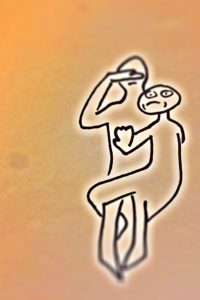
It can even defend by attacking.
Its strategies can also include shutting you down entirely, as if rolling into a little ball and becoming invisible were the only successful strategy.
Or it can not be present at all.
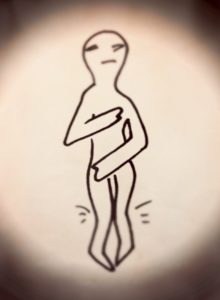 This is by far the worst situation. To have no inner sense of a protective voice, however warped. Yet we disown, dissociate from, parts of our selves as an essential response to trauma. Trauma fragments. It makes having an angry self not acceptable, or a sad self, or a sexual self. No, no, in a dangerous world, in a dangerous home, these parts must go as if they did not exist, because in certain situations they trigger the caregiver to become more abusive. If as a child I push away from a healthy parent, the parent will continue to act in my best interest and with understanding; if I push away from a parent who needs me to love her or allow him total control, that parent will react, putting their needs first…and I will get the very clear message: it is not ok to protect myself.
This is by far the worst situation. To have no inner sense of a protective voice, however warped. Yet we disown, dissociate from, parts of our selves as an essential response to trauma. Trauma fragments. It makes having an angry self not acceptable, or a sad self, or a sexual self. No, no, in a dangerous world, in a dangerous home, these parts must go as if they did not exist, because in certain situations they trigger the caregiver to become more abusive. If as a child I push away from a healthy parent, the parent will continue to act in my best interest and with understanding; if I push away from a parent who needs me to love her or allow him total control, that parent will react, putting their needs first…and I will get the very clear message: it is not ok to protect myself.
Now is the time to seek that inner protector, to invite it back in, not only to who you are, but who you are essentially. YOU HAVE THE RIGHT TO AN INNER SENSE OF SAFETY, and the best way to start developing that is by building up the protective voice devoted to that. Keep in mind, however, that the two of you are estranged, and that those with warped protective voices likewise lack a healthy, reciprocal relationship. Most of all, keep in mind that your protective voice is on and operational at all times, like a guard who never leaves her post….and she is so very very tired, underneath the bravado. It takes time to heal any relationship, and this is no different.
Try this: sit down and write a letter to your protector. “Dear whoever-you-are whom Inga claims is a part of me and dedicated to keeping me safe….” Is good for a start. Say something appreciative, even if your protector gets you into trouble with others, or keeps you from being functional. You need it. Tell it you’d like to have a better relationship, enabling it to do what it does even more effectively. Then rise from your chair, go to another and, as you sit, leave all other parts of yourself behind and, as best you can, be that protective voice. And write back.
Let me know how it went.
For the core article, click here…
